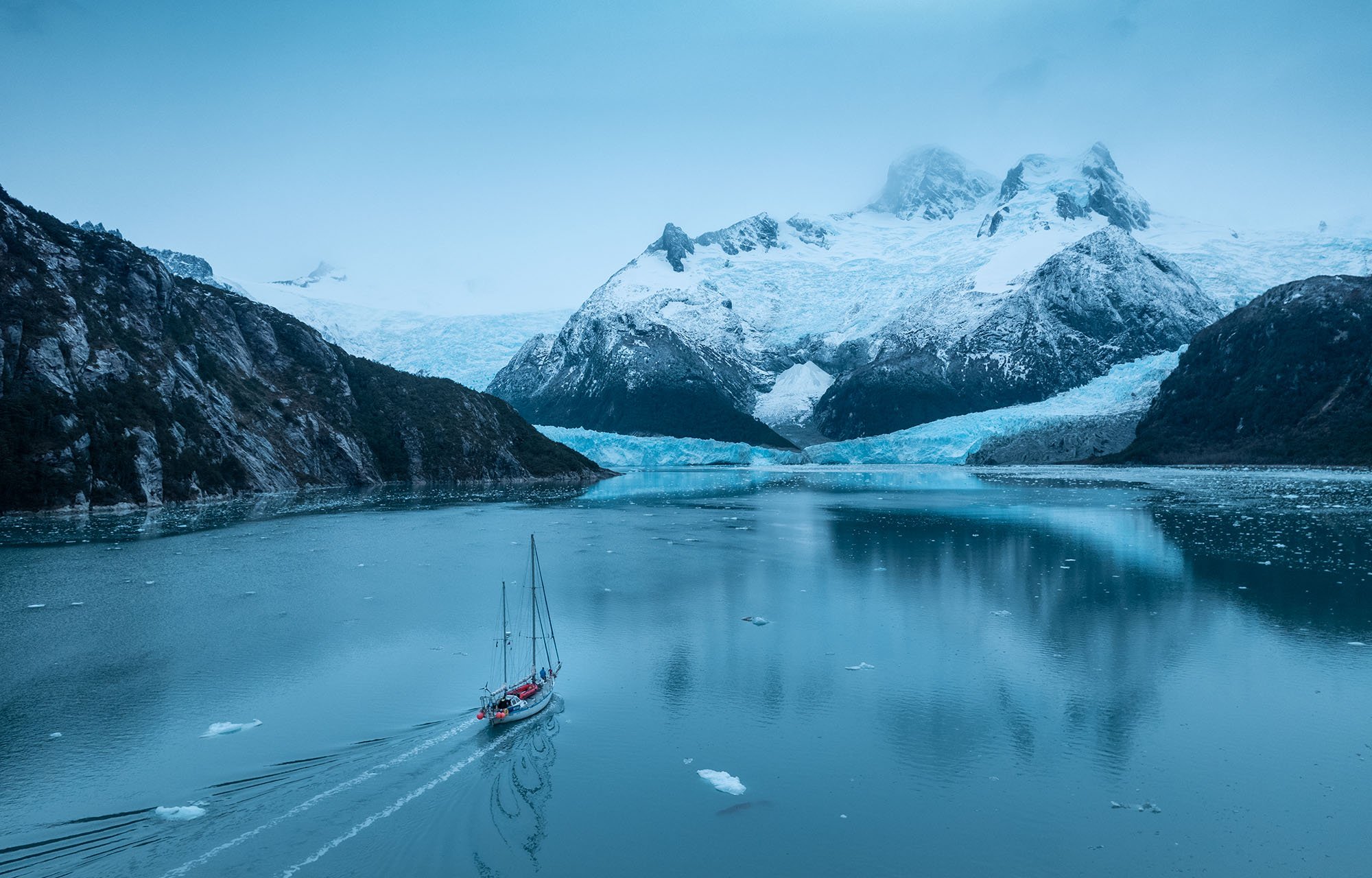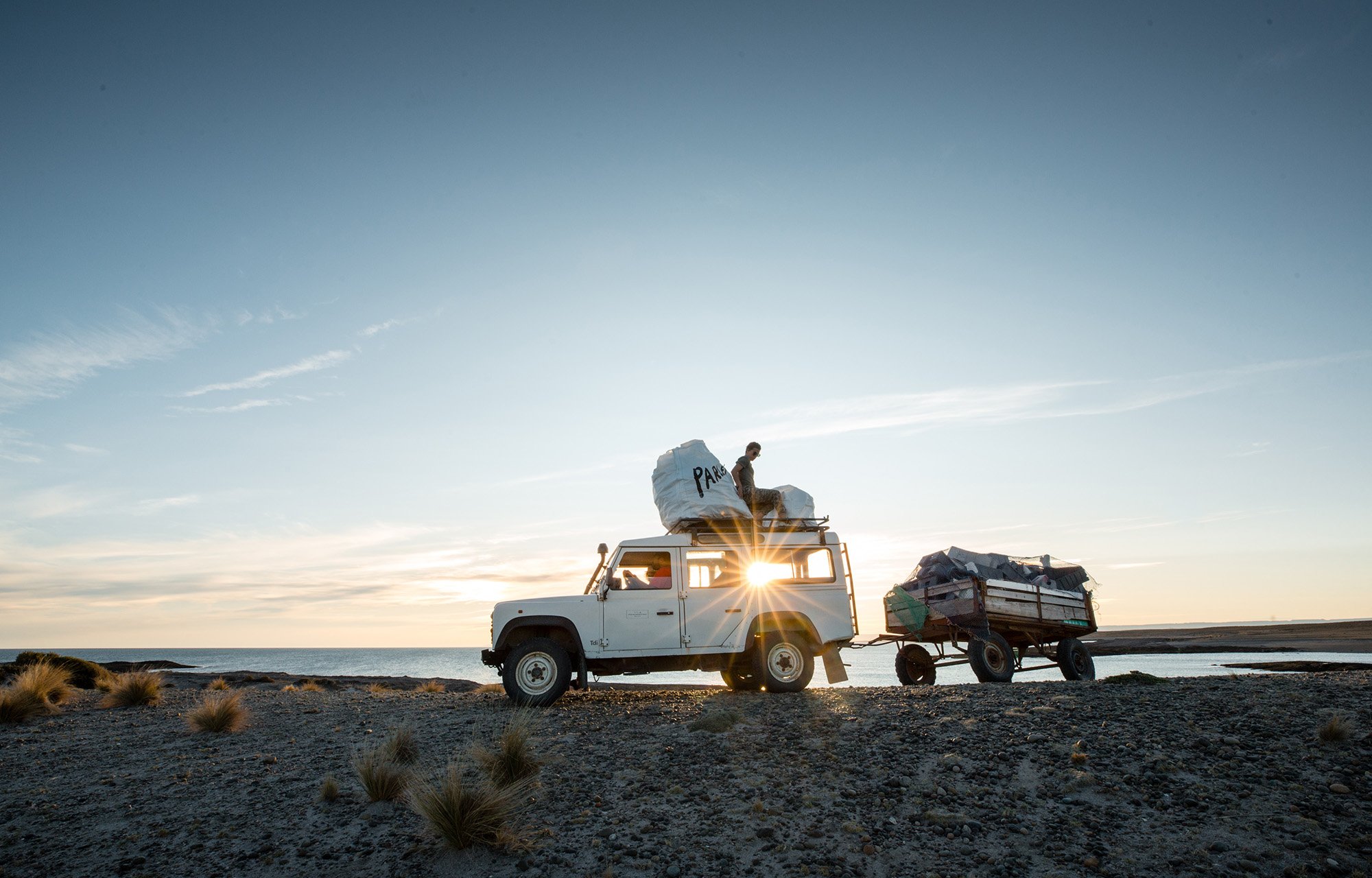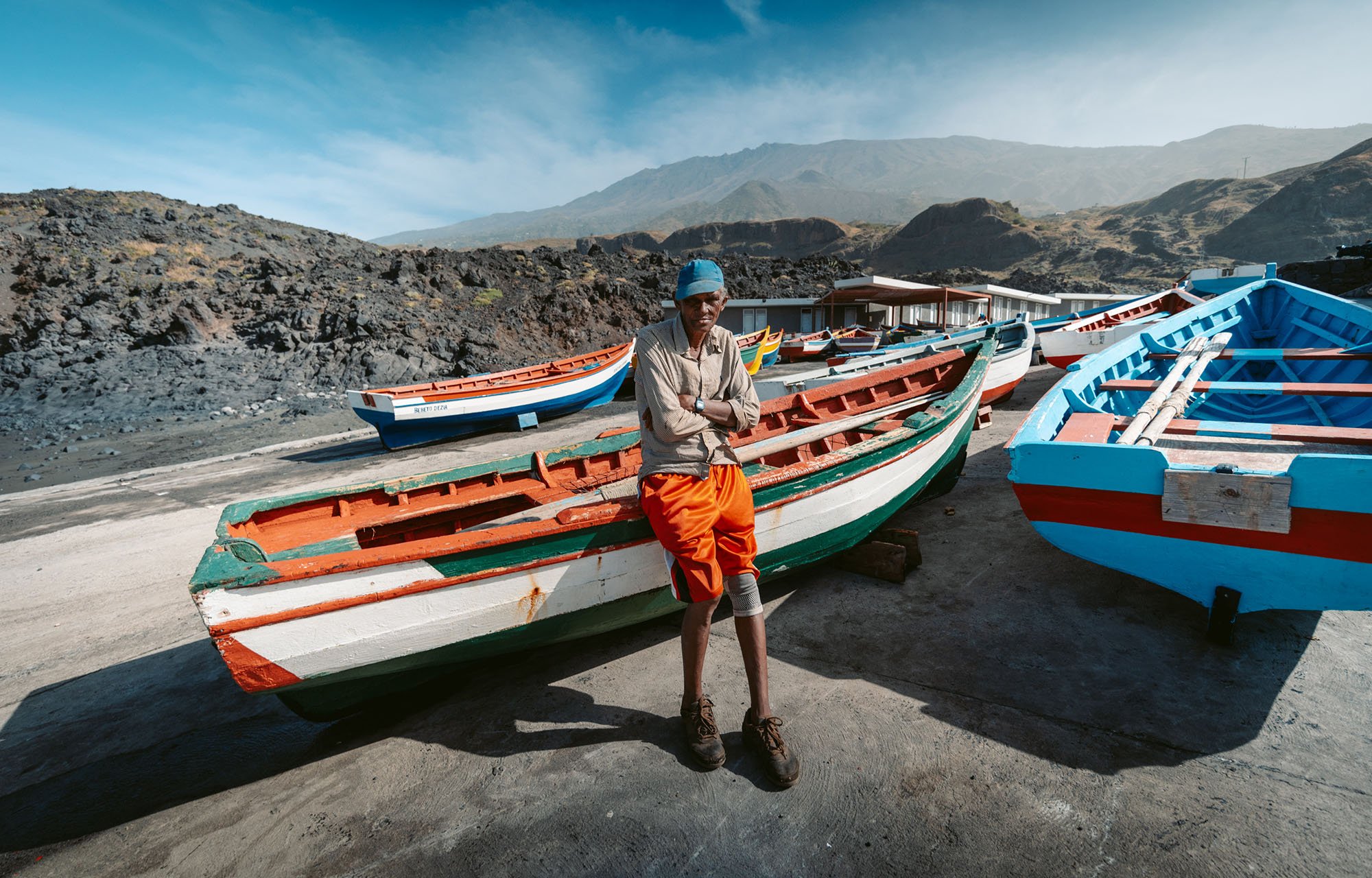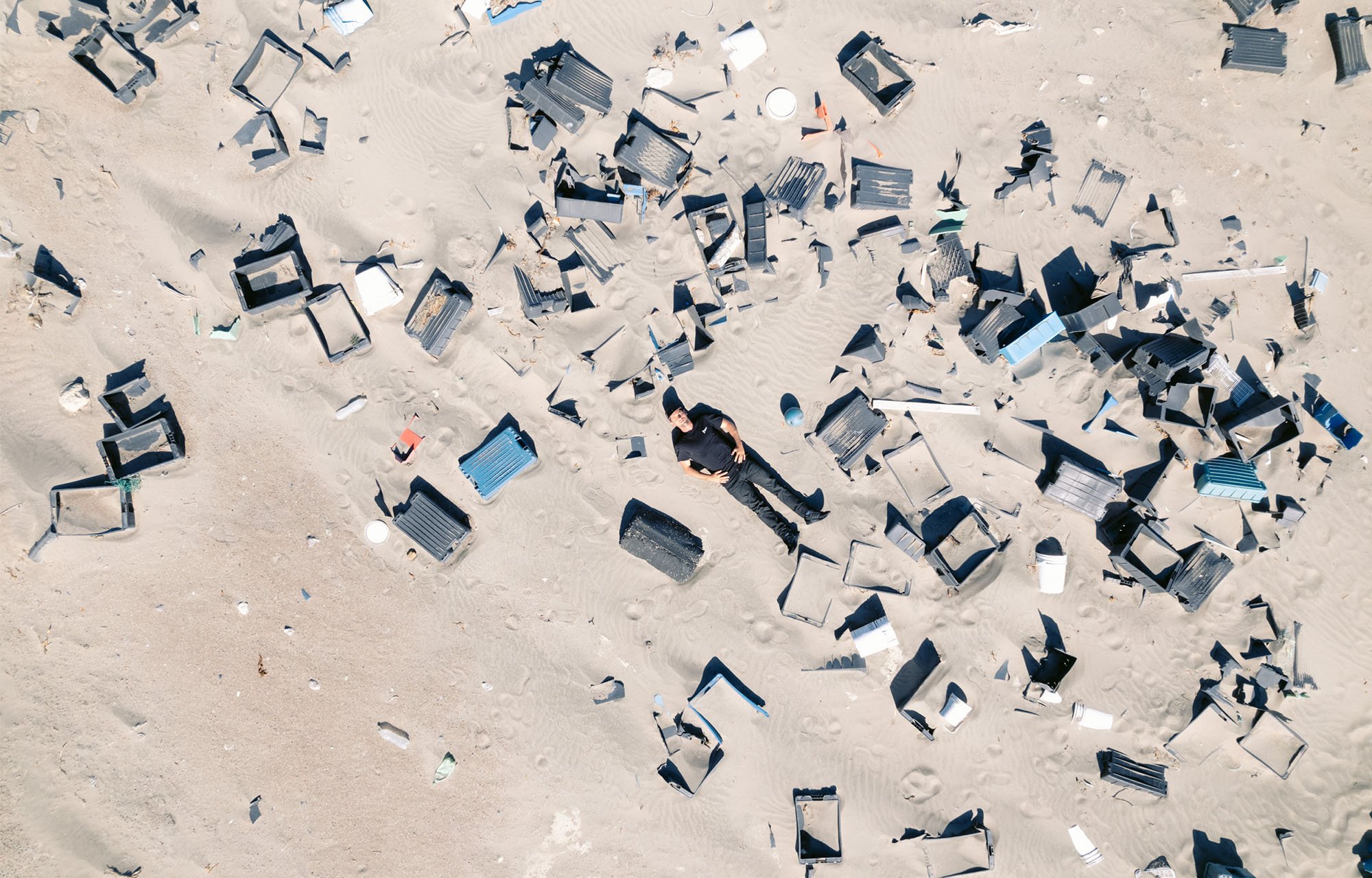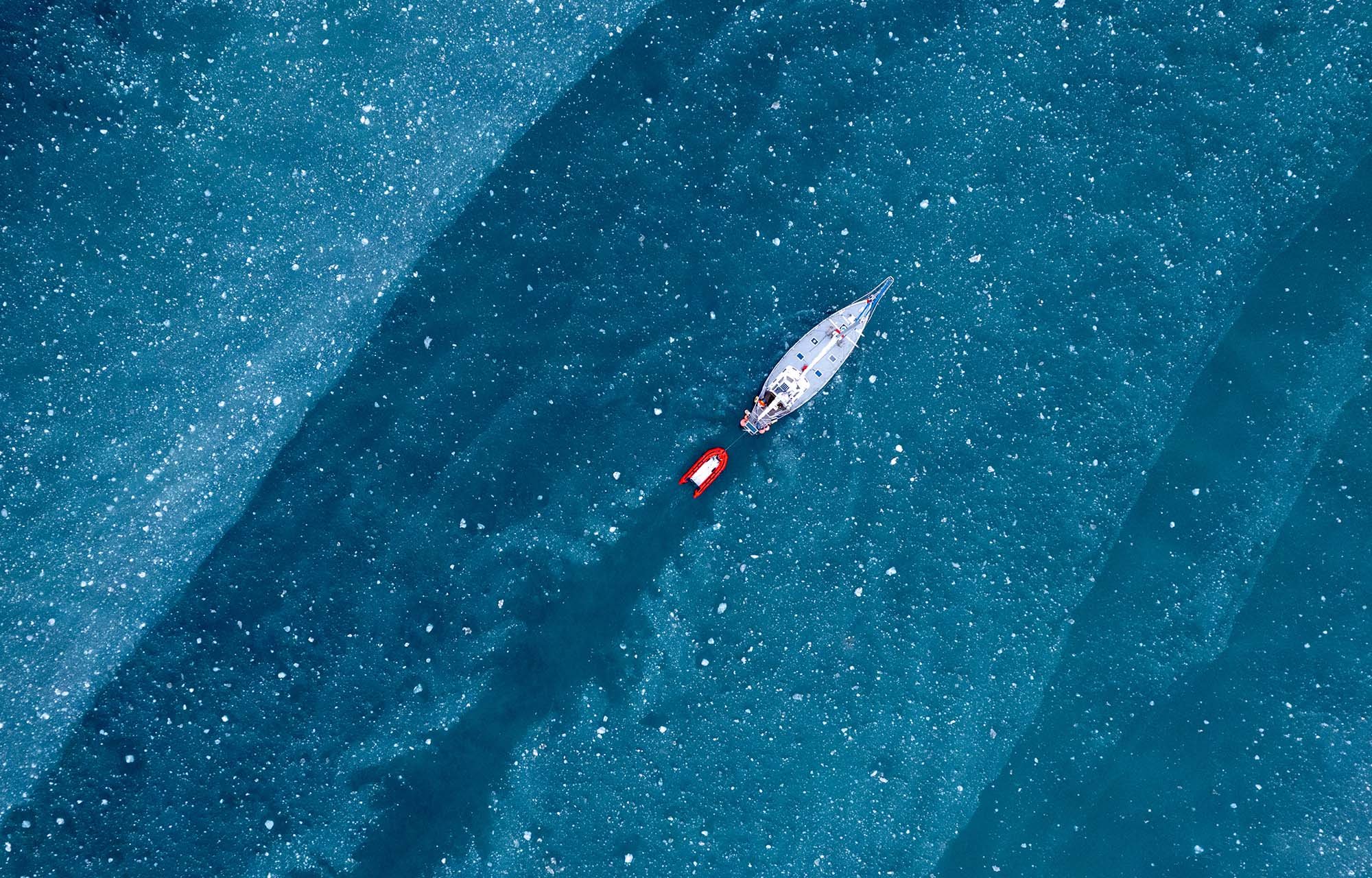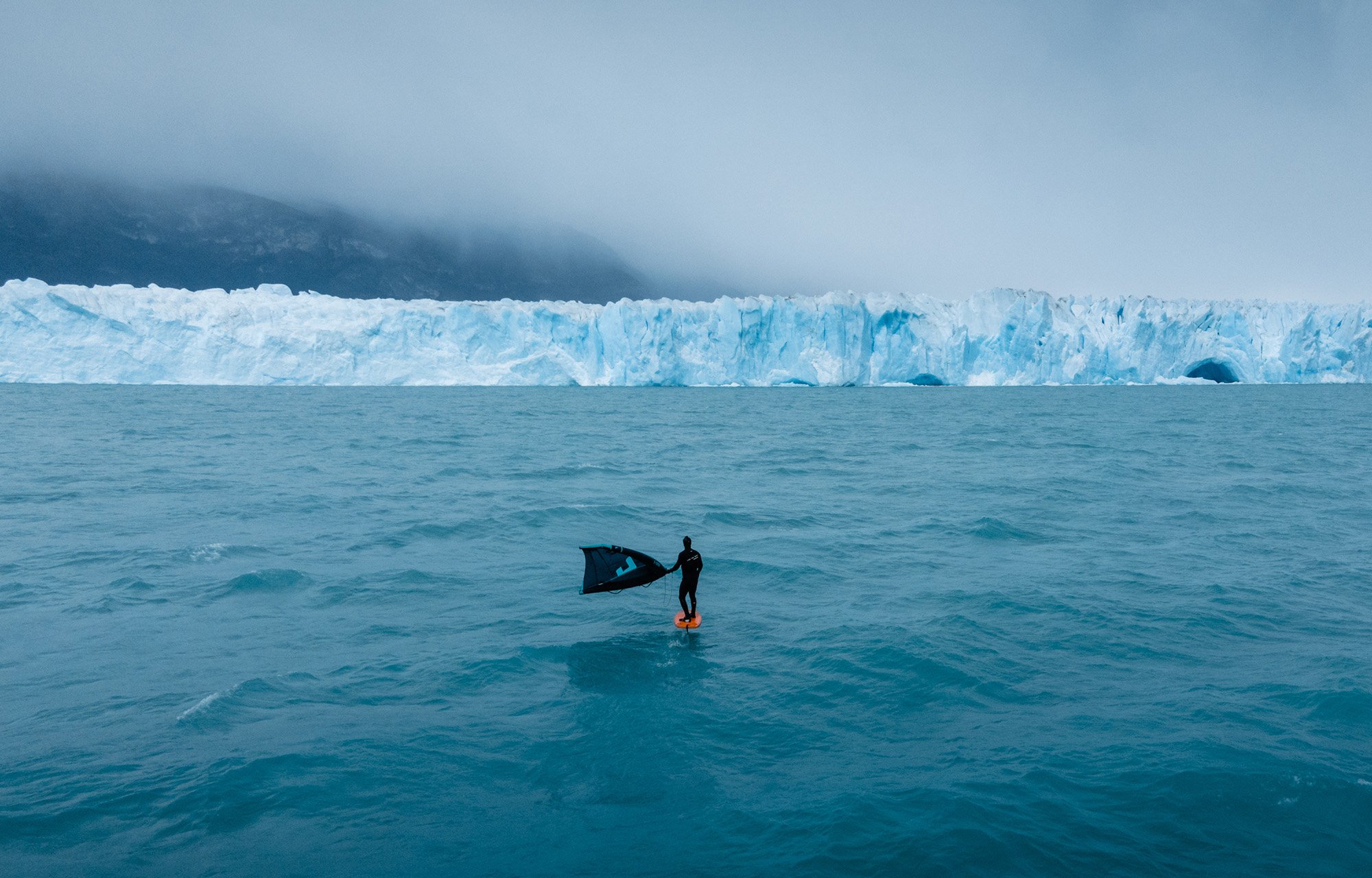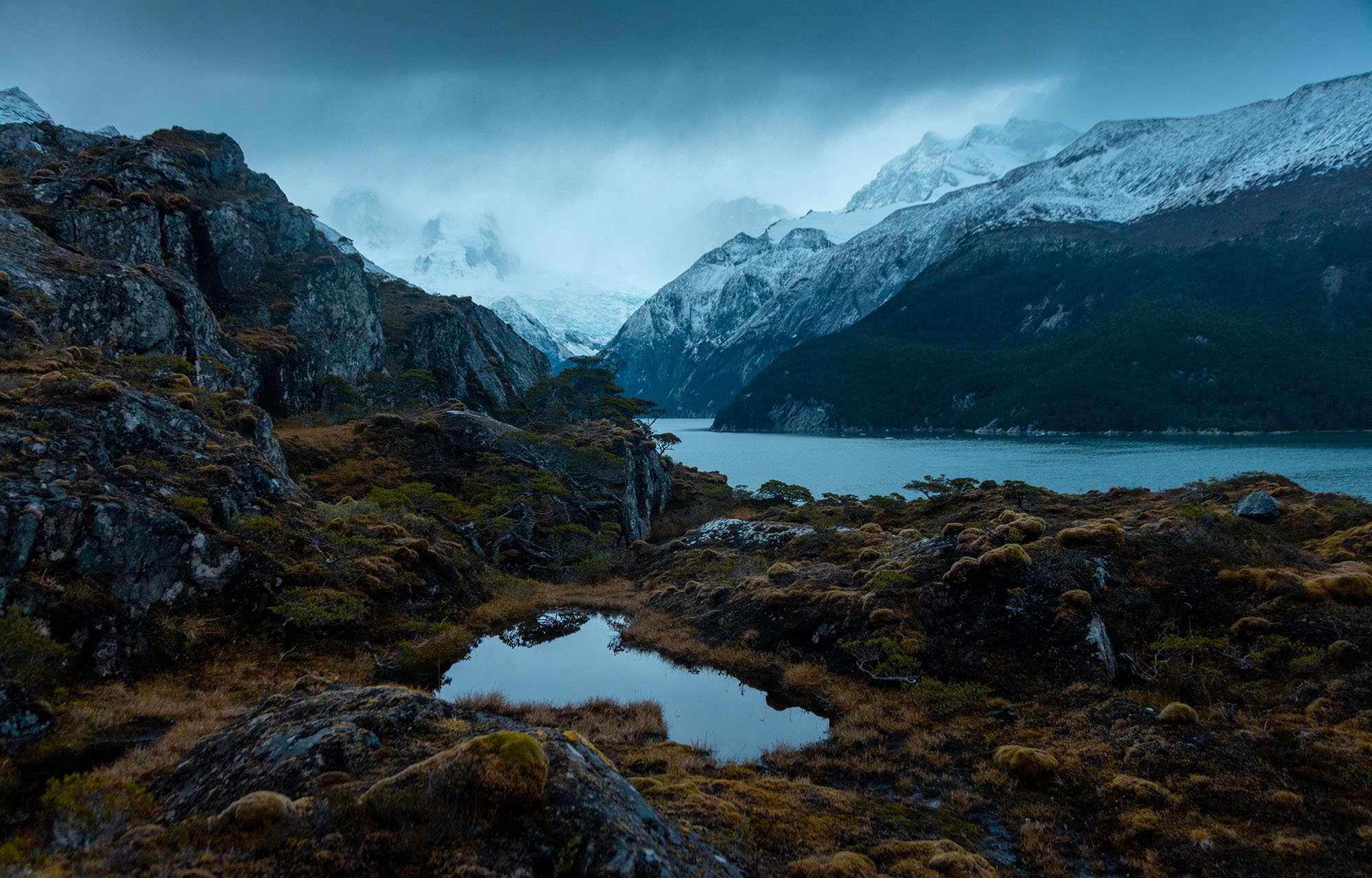IN FOCUS: Marko Magister
We speak to a photographer who’s been working with the Parley team to document a plastic pollution crisis in a remote part of Patagonia
Marko Magister was born 35 years ago in Bariloche, a city in the northern part of Patagonia, next to the Nahuel Huapi lake and the Andes mountains. Aged 19 he moved to Buenos Aires to study industrial design for six years and although he’s currently based in Slovenia he spends most of his time traveling the world, working on different projects and trying to spend as much time as possible in Patagonia.
We came to know Marko through his tireless work with Parley coordinator Yago Lange and the Parley Argentina team, who have undertaken several missions to Peninsula Valdés, a remote nature reserve in Patagonia that’s been besieged by plastic pollution caused by the fishing industry. While on these expeditions, Marko photographs and films everything – both the beauty of Patagonia’s wilderness but also the human footprint that has left its marks all over this faraway corner of the planet. His contribution has been invaluable in raising awareness about the scale of the problem in Peninsula Valdés – all his work is vital in the bid to make the government clean up the area and impose regulations on the fishing industry.
For our latest In Focus, we spoke to Marko about his life as a multidisciplinary artist, how his partnership with Yago inspired his work as an environmental photographer and the difficulty of photographing plastic that seems to go on forever.
Q & A
I know you as a photographer through the work that you do in the field with Yago, but you describe yourself as an industrial designer and multidisciplinary artist. Could you tell me a little bit about your work and your different practices?
Photography is only part of what I do. I spend most of my time filming and directing commercial and documentary projects. I also studied industrial design and even if I don’t do it as my full time job, I use a lot of tools, processes and knowledge from those disciplines. I think that all of them are connected in some way, or at least I find them to be very complementary. I still design a lot – drawing and painting are two of my big hobbies.
How did you become an environmental photographer, and what advice would you have for someone starting out?
I always spent a lot of time outside running and climbing in the mountains or sailing at the lake. I started taking sports photos with my brothers and friends when we were in high school and over time this hobby turned into a serious thing.
I never considered myself an environmental photographer, it’s something that started happening naturally, through traveling and working with Yago. Suddenly my images were telling other stories, not only related to sports and adventure.
My advice would be to often remind yourself to stay present and enjoy the moments when you are out shooting in nature. It sounds simple but it's very easy to get sucked into the process of trying to get a good shot, the framing, the settings. So put the camera down, take some time to look around and embrace the moment you are living in. The chances are that you're one of the lucky few to be there.
And don’t always take your camera out with you. You’ll miss out on way too many sunsets trying to get the perfect shot, that will never be as good as the reality anyway. Keep some of those for yourself – the “no photo moments” as I like to call them. It’s important to stay positive. If we are doing something for our planet it’s because we believe that we can make it a better place.
You and Yago have become such a formidable team – how and when did you both start working together?
Thanks! I met Yago in Buenos Aires in 2020. We have a mutual friend and I joined them on one of the cleanups they were organizing on an island of Rio de la Plata. Soon after that he invited me and three other guys on a roadtrip to the Patagonian Atlantic coast. We traveled together researching and trying to learn more about the plastic pollution in Patagonia. One of our goals was to find a beach full of plastic crates from the fishing industry that we saw on social media. We didn’t find it back then, but ironically that’s the place that we managed to document recently, three years after our first trip.
We believe that everything happens for a reason and now we have much more experience and knowledge about this problem. Back then we wouldn't know what to do if we had found that beach, we would have been completely overwhelmed.
After that we did another trip and another one, and another one, always trying to use sport to communicate and raise awareness. It’s been an amazing journey so far.
When you're working in a place as remote as Peninsula Valdes, what are the challenges for a photographer?
To be honest I don’t think Peninsula Valdés was one of the most challenging places to document. Our expeditions to Cape Horn and the Chilean fjords were more complicated – the bad weather, rain, cold, rough seas. Sometimes shooting in these moments and staying focused takes a lot of effort and a small dose of insanity as well! But I love it.
On Peninsula Valdes you have to walk and carry all the gear for a very long time. But besides that, the place is so full of trash that taking some shocking photos is relatively easy.
Maybe the biggest challenge there is how to show the dimension of the problem, the thousands of plastic crates that cover kilometers of sand. It’s almost impossible.
The photos that you've taken out in Patagonia have been blowing up on the internet. It’s a shocking amount of plastic that's been dumped out there. How did it feel when you first saw it?
Thanks to the help of a lot of people, this problem is getting more and more attention and visibility. We knew about the existence of these polluted beaches and have been trying to document them for the past three years. So when we finally managed to get access to the place it was a mix of emotions. On one side there is the obvious sadness, seeing places that are so remote and wild, covered with this amount of plastic. It’s shocking. At the same time we felt relieved that we’d finally be able to show this reality. The problem is there, it’s real, and the fact that it is hidden far away and nobody sees it is not going to fix it. We hope that these small actions are the first steps towards a very needed solution.
You've traveled to some incredible locations – what's been your favorite place to photograph, and why?
Yes, I’ve been fortunate enough to visit some amazing places in the seven continents. All of them have something special and it’s difficult to pick one. The surroundings of my hometown Bariloche, for sure. I’d say that I found some of my favorite locations on our recent sailing and surfing expedition to Antarctica. You really have the feeling that you are on a different planet there. Everything is as wild, raw and difficult as it gets. I really enjoyed the feeling of documenting places that not many people have the privilege of visiting, especially in extreme weather conditions.
Since working with Yago, what have you learned about our oceans?
It might sound funny but the first and most important thing I learned since working and traveling with him is how beautiful and diverse the Patagonian Atlantic coastline is. I spent my childhood on the opposite side, in the mountains and lakes, so the ocean was a big unknown to me.
Then I started learning how important they are and seeing their fragility firsthand. Nowadays I spend a lot of time in the ocean, sailing, traveling and trying to learn more about it.
Who are other environmental photographers that you admire, and why?
The list is long but if I have to pick two I’d say Paul Nicklen and Jimmy Chin. I've been following their work for a long time, before they blew up on social media. Apart from the aesthetics and the stories their photos tell I admire the fact that they captured them in such extreme and difficult conditions. It’s exactly the type of stuff I try to do. I’m not there yet!
How does spending time in somewhere like Patagonia, far away from human civilization, shape your opinion of our planet?
In Patagonia you can find some of the last wild and untouched places on earth. Growing up here makes you see the world from that perspective. You immediately notice the human impact. It’s not necessarily always a bad one but you can't avoid it – you see it and wonder how that place looked before we arrived. It happens to me in Europe all the time, where I spend a few months per year. Nature is beautiful, but you’ll almost always notice something modified by the human hand.
Patagonia is also the place where I find peace and energy to continue working on my projects. Knowing that wild places still exist gives me hope.
"Don’t always take your camera out with you. You’ll miss out on way too many sunsets trying to get the perfect shot, that will never be as good as the reality anyway. Keep some of those for yourself."
Marko Magister
"Nature is beautiful, but you’ll almost always notice something modified by the human hand."
Marko Magister

